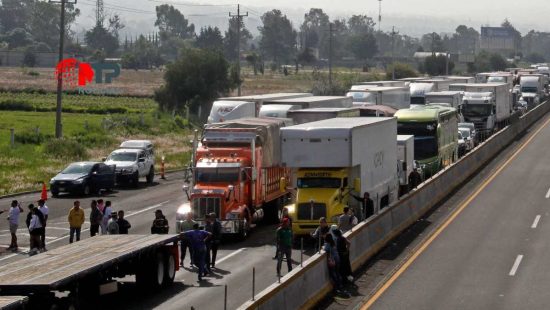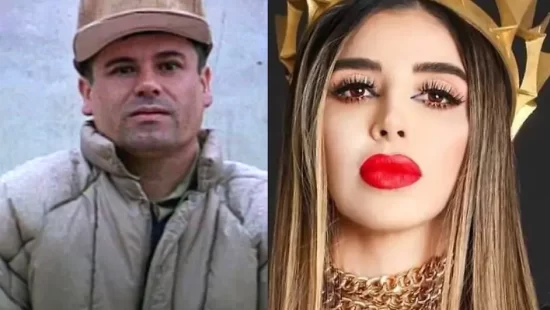“We’re in exactly the same situation as on August 11, 2023, because we don’t know anything specific,” laments Armando Olmeda, father of Roberto, one of the five young men who disappeared that day in Lagos de Moreno, as he follows the movement of charred bones.
The remains were found in the brickyard nine days after the friends’ disappearance, on August 21.
The Jalisco Prosecutor’s Office confirmed that they were located in the Orilla del Agua neighborhood.
On October 24 of that year, the then-general strategic coordinator of state security, Ricardo Sánchez Beruben, stated that there was a “high presumption” that they belonged to Roberto Olmeda, Diego Lara, Jaime Martínez, Uriel Galván, and Dante Cedillos. However, that “high presumption” has faded over the two years of their absence.
Five families live day to day in uncertainty, waiting for results that never come.
For Armando, this is the biggest omission by the authorities. The remains have not been analyzed, despite the promise to send them to the Attorney General’s Office (FGR), arguing that the degree of burns prevented their processing by the Jalisco Institute of Forensic Sciences. To date, they remain in Jalisco.
“They said yes, that the document stating they would be received was already available, but they didn’t tell us when. So I feel like it’s yet another omission… Since most of the things they discuss with me regarding the case of the five, because it’s in the same file, I have no news that they have been sent. I say they haven’t been sent, and if they haven’t been sent, how do they analyze them?” he questions.
On July 31, the deputy prosecutor for missing persons, Blanca Trujillo, confirmed Armando’s suspicions: the remains remain in Jalisco, without analysis or a report. Meanwhile, she said at the time, the search efforts continued: “Some operations were carried out.” Nothing more.
A possibility that vanishes
When human remains are subjected to high temperatures, DNA fragments and, in the case of bones, the bone matrix crystallizes, making it difficult to extract for genetic testing. A temperature of 300 degrees can completely destroy it, explains Ana Elizabeth González Santiago, a doctor in Genetics from the Department of Biomedical Sciences at the Tonalá University Center of the University of Guadalajara (UdeG).
“In this crystallization process, it can literally stick to the DNA and make it difficult to extract, in addition to the degradation process,” she explains.
If there are teeth among the remains, the chances of obtaining DNA increase, even if they have been exposed to high temperatures. According to forensic expert Helix Iván Barajas Calderón, of the Legal and Forensic Medicine firm (MELEFO), a tooth can withstand temperatures of up to 1,100 degrees.








